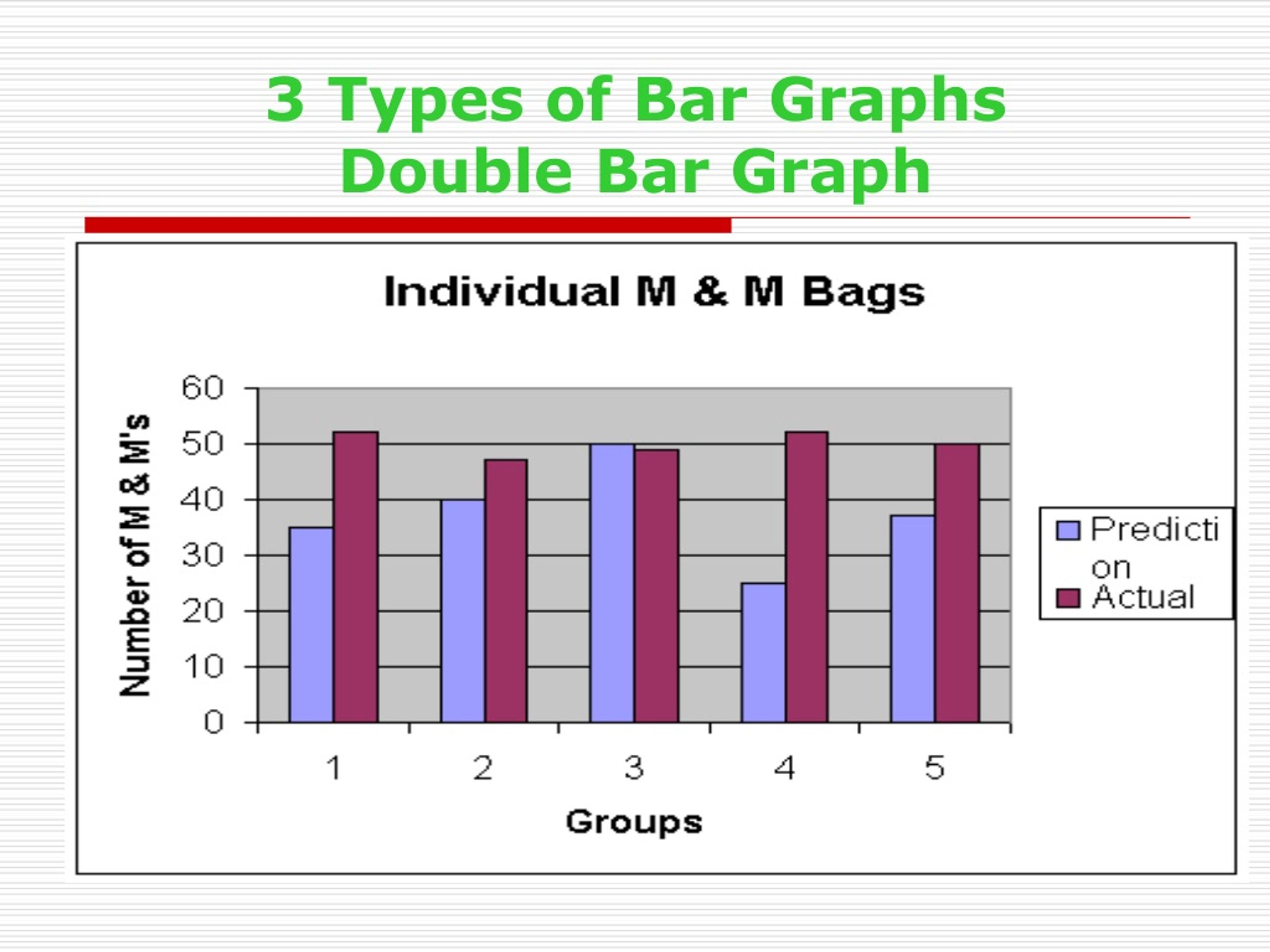

The pie chart above conveys a clear message to the user-that 74% of all students in the World Religions class celebrate Easter. The information is grouped by Celebrate Easter (appearing as row headers), Percentage (%) (appearing as column headers). This table displays the results of Data table for Chart 5.4.3. This way, users do not have to constantly look back at the legend in order to identify what category each colour represents. If there are few categories, the percentage and the category label should be indicated beside their corresponding segments like in Chart 5.4.3. Labelling the segments with percentage values often makes it easier to tell quickly which segment is bigger. The final category need not be measured as its radius is already in position. Repeat the process for each remaining music category, drawing in the radius according to its percentage of 360 degrees.The rap component should make up half of your circle. Starting from the 12 o’clock position on the circle, measure an angle of 180 degrees with your protractor.If 50% of the students liked rap, then 50% of the whole circle graph (360 degrees) would equal 180 degrees. In order to reproduce this pie chart, follow this step-by-step approach: Tip! When drawing a pie chart, ensure that the segments are ordered by size (largest to smallest) and in a clockwise direction. In Chart 5.4.2, music preferences in 14- to 19-year-olds are clearly shown. Constructing a pie chartĪ pie chart is constructed by converting the share of each component into a percentage of 360 degrees. Therefore 47.1 degrees of the circle (13.1%) represents the time spent eating lunch. This ratio works because the total percent of the pie chart represents 100% and there are 360 degrees in a circle. Percent ÷ 100 × 360 degrees = the number of degrees This calculation is done by developing the equation:

To present this in a pie chart, you would need to find out how many degrees represent 13.1%. For example, if you spend 7 hours at school and 55 minutes of that time is spent eating lunch, then 13.1% of your school day was spent eating lunch. Percentages are used because they are the easiest way to represent a whole. Second, pie charts are not useful when the values of each component are too similar because it is difficult to see the differences between slice sizes.Ī pie chart uses percentages to compare information. First, they are best used for displaying statistical information when there are no more than six components only-otherwise, the resulting picture will be too complex to understand. Despite its popularity, pie charts should be used sparingly for two reasons. Pie charts are also one of the most commonly used charts because they are simple to use. The use of the pie charts is quite popular, as the circle provides a visual concept of the whole (100%). This point is clearly emphasized by its visual separation from the rest of the pie.

#MUSIC BAR GRAPHS CODE#
The pie chart above clearly shows that 90% of all students and faculty members at Avenue High School do not want to have a uniform dress code and that only 10% of the school population would like to have one. The information is grouped by Response (appearing as row headers), Percentage (%) (appearing as column headers). You are now ready to create your own bar graph.This table displays the results of Data table for Chart 5.4.1. If you want to see what this would look like click on the link "Click here to fill in example using education data from NCES," that you will find on the next page. Bar graphs are good when you're plotting data that spans many years (or days, weeks.), has really big changes from year to year (or day to day.), or when you are comparing things.Īn example using real education data would be if you wanted to show the most popular bachelor's degrees (business, education, etc.) that students received in college in a given year. Typically, the x-axis has numbers for the time period or what is being measured, and the y-axis has numbers for the amount of stuff being measured. They have an x-axis (horizontal) and a y-axis (vertical). Bar graphs can be used to show how something changes over time or to compare items. There are many different types because each one has a fairly specific use. There are all kinds of charts and graphs, some are easy to understand while others can be pretty tricky.


 0 kommentar(er)
0 kommentar(er)
